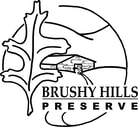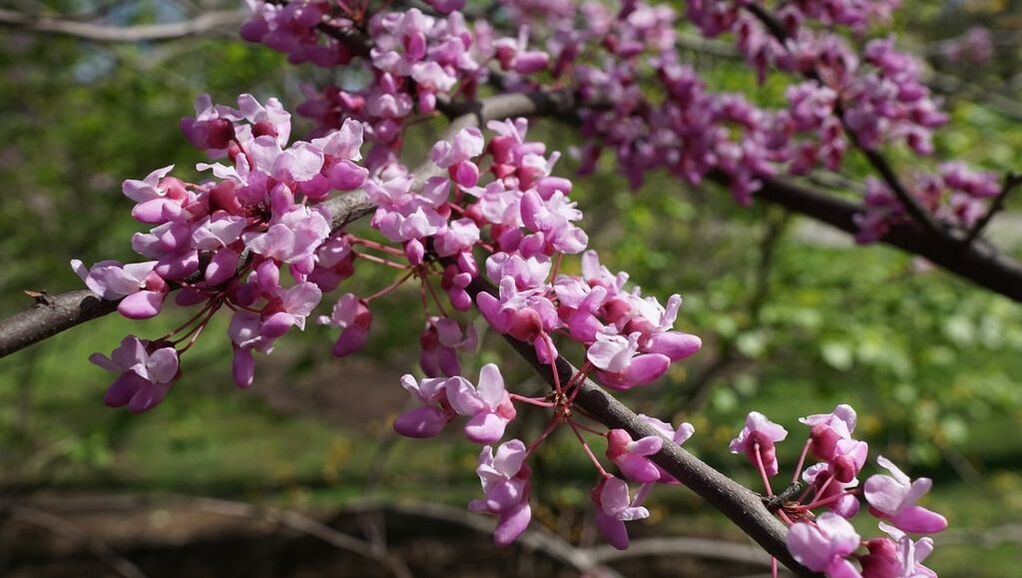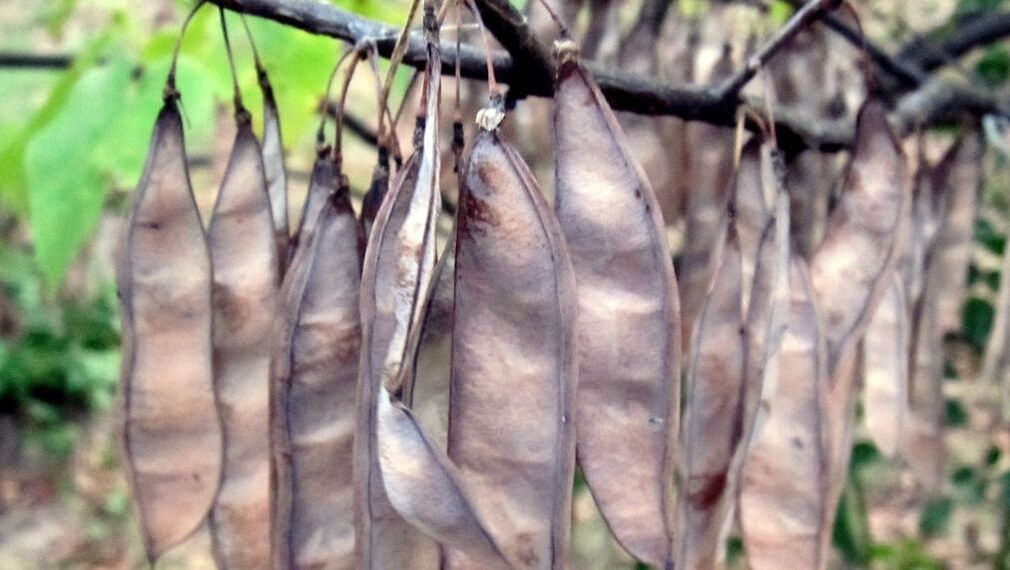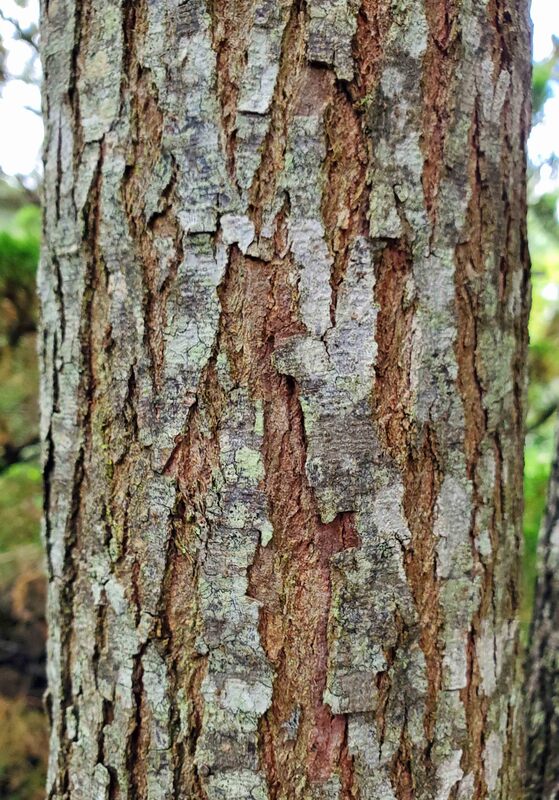Eastern Redbud
Scientific Name: Cercis canadensis
— pronounced SER-sis kan-a-DEN-sis
— Cercis from Greek kerkis, weaver's shuttle; the seed pod’s shape resembles that of a shuttle
— canadensis, modern Latin, of Canada
Pea or Legume Family (Fabaceae), a large and varied family that includes alfalfa and clover, beans and peanuts, acacias and carob trees — to name a few.
Other Common Names: Judas Tree, Redbud
Eastern Redbud leaves are simple, rounded to heart-shaped, with smooth edges. This is the only tree in the Preserve with toothless heart-shaped leaves.
— pronounced SER-sis kan-a-DEN-sis
— Cercis from Greek kerkis, weaver's shuttle; the seed pod’s shape resembles that of a shuttle
— canadensis, modern Latin, of Canada
Pea or Legume Family (Fabaceae), a large and varied family that includes alfalfa and clover, beans and peanuts, acacias and carob trees — to name a few.
Other Common Names: Judas Tree, Redbud
Eastern Redbud leaves are simple, rounded to heart-shaped, with smooth edges. This is the only tree in the Preserve with toothless heart-shaped leaves.
Photo by David J. Stang, NCSU
The flowers, pink to light purple, appear in the early spring before the leaves, in clusters on both branches and trunk.
The flowers, pink to light purple, appear in the early spring before the leaves, in clusters on both branches and trunk.
Photo from plant image library NCSU
Redbud fruits are flattened, dry legumes, brown, 2 to 4 inches long, containing flat 1⁄4-inch brown seeds that mature in late summer.
Redbud fruits are flattened, dry legumes, brown, 2 to 4 inches long, containing flat 1⁄4-inch brown seeds that mature in late summer.
Photo by JD McGreg
The dark gray to brown bark has a scaly surface and forms shallow fissures exposing the cinnamon-orange inner bark. The slender, zig-zagging branches and twigs are dark, almost black, with lighter-colored lenticels.
The dark gray to brown bark has a scaly surface and forms shallow fissures exposing the cinnamon-orange inner bark. The slender, zig-zagging branches and twigs are dark, almost black, with lighter-colored lenticels.
Photo by David Rosher
More photos and ID help: Virginia Tech Dendrology Fact Sheet.
Eastern Redbud is an understory tree, typically growing 20 to 30 feet tall. Like this one, it’s often found along forest edges. Also like this one, the Eastern
Redbud can take a lot of damage and still continue to thrive.
Interesting Facts:
More photos and ID help: Virginia Tech Dendrology Fact Sheet.
Eastern Redbud is an understory tree, typically growing 20 to 30 feet tall. Like this one, it’s often found along forest edges. Also like this one, the Eastern
Redbud can take a lot of damage and still continue to thrive.
Interesting Facts:
- The Eastern Redbud’s flowers attract many pollinators, including butterflies and bees. This species holds great wildlife value as a larval host plant, and the seeds provide food for birds.
- Why “Judas Tree”? According to one myth, Judas Iscariot hanged himself on the related Judas-tree (Cercis siliquastrum) of western Asia and southern Europe, after which the white flowers turned red with shame or blood.




